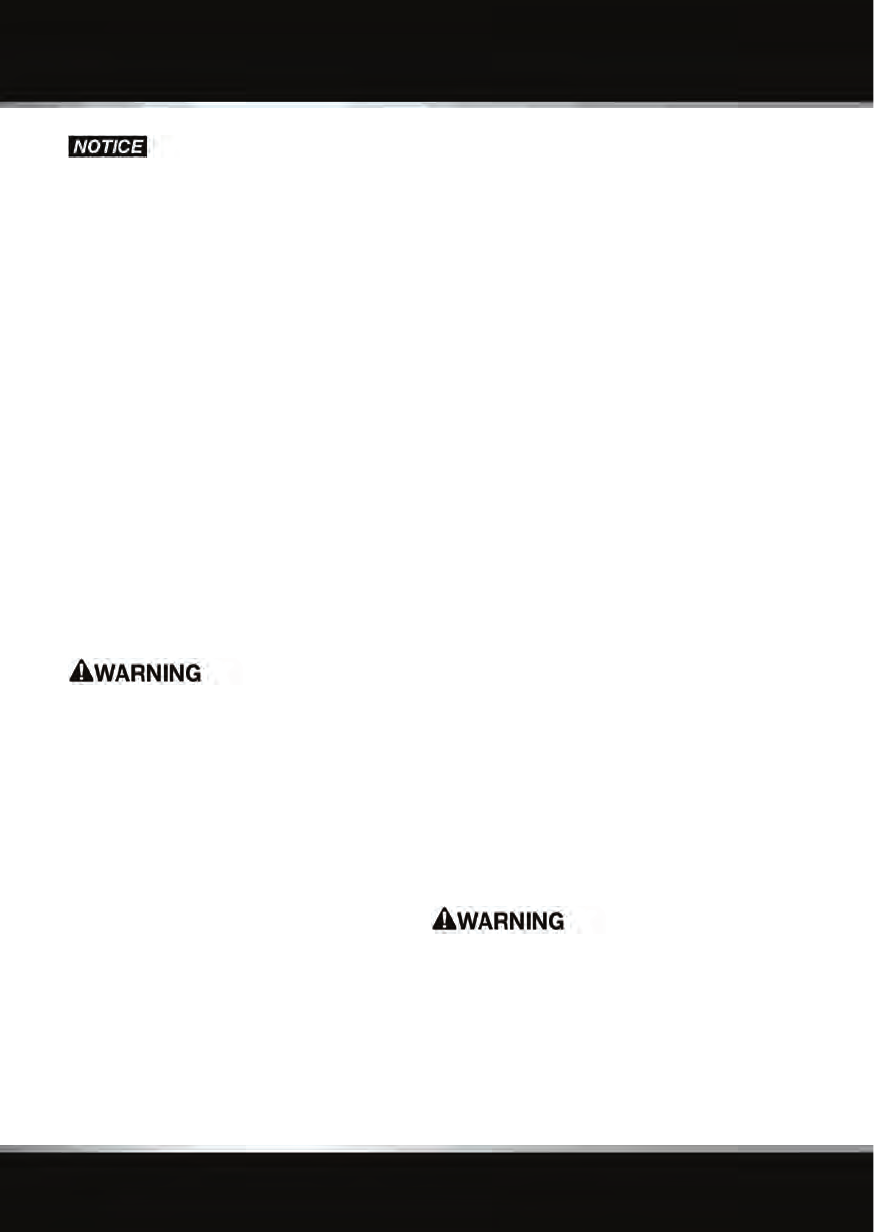
L
(FM8) SEMCON JLR OWNER GUIDE VER 1.00 NAS
LANGUAGE: english-NAS-en; MARQUE: jaguar; MODEL: XJ
Vehicle battery
174
Do not allow battery fluid to come into contact
with fabrics or painted surfaces. If battery fluid
comes into contact with any surface, the
surface should be washed down immediately
with plenty of clean water.
Your vehicle is fitted with a low maintenance
battery, which is located under the floor of the
luggage compartment.
In hot climates more frequent checks of the
battery fluid level and condition are required. If
necessary, the battery cells can be topped up
using distilled water.
BATTERY MONITORING SYSTEM
(BMS)
If excessive battery discharge is occurring
when the engine isn't running, the system will
shut down non-essential electrical systems to
protect battery power.
CONNECTING BOOSTER CABLES
Always wear appropriate eye protection when
working with batteries.
Make sure both batteries are of the 12 volt
type and that the booster cables have
insulated clamps and are approved for use
with 12 volt batteries.
Do not disconnect the discharged battery.
Do not connect a booster cable to the
negative (-) terminal of the battery. Always
connect to the recommended earthing point.
Ensure the bodywork of the donor and
disabled vehicles do not touch.
Note: Before connecting booster cables,
ensure that the battery connections on the
disabled vehicle are correct and that all
electrical equipment has been switched off. To
access the luggage compartment when the
battery is discharged, see 74, LUGGAGE
COMPARTMENT RELEASE WHEN BATTERY IS
DISCHARGED.
1. Connect the positive booster cable to the
positive terminal on the donor vehicle's
battery.
2. Connect the other end of the positive
booster cable to the positive terminal on
the disabled vehicle's battery.
3. Connect the negative booster cable to the
recommended boost starting earth point of
the donor vehicle.
4. Connect the other end of the negative
booster cable to a chassis stud. Two are
available on the left-hand side at the rear of
the load space opposite the battery.
• Check that all cables are clear of any
moving components and that all 4
connections are secure.
5. Start the engine of the donor vehicle, and
allow it to idle for a few minutes.
6. Start the engine of the disabled vehicle.
7. Allow both vehicles to idle for two minutes.
8. Switch off the donor vehicle.
DISCONNECTING THE BOOSTER
CABLES
To avoid serious injury use extreme caution
when removing the booster cables as the
engine will be running on the previously
disabled vehicle. This means that you may be
working close to components which are
moving at high speed, carry high voltage, or
may be hot.


















